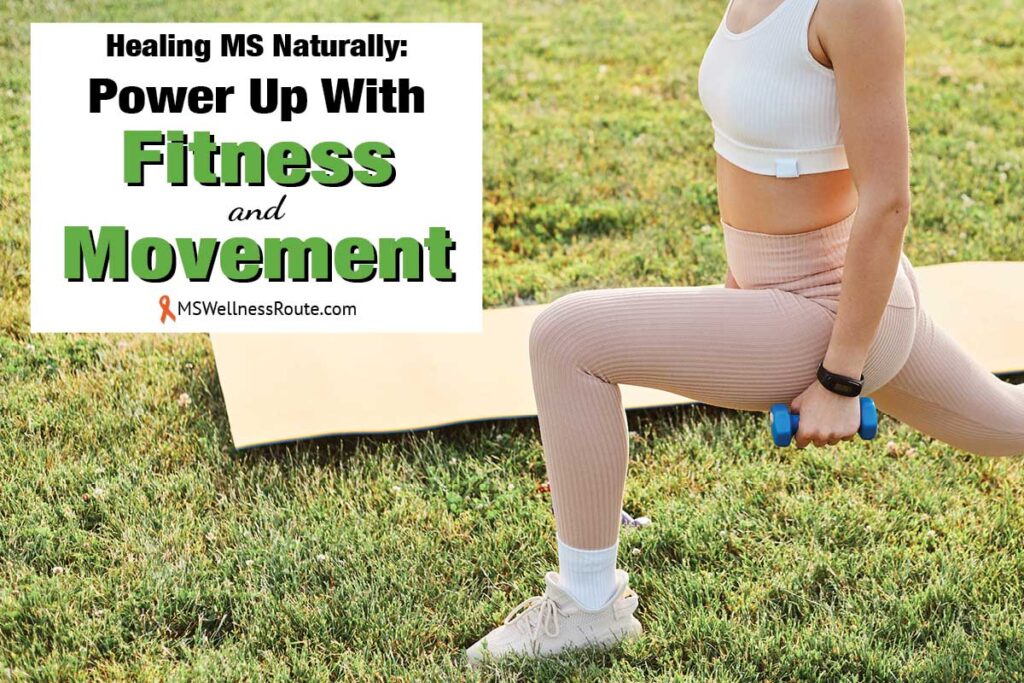
You wake up, and your body feels like it’s working against you. Multiple sclerosis (MS) has a way of making even the simplest movements feel like a battle. And honestly, it’s exhausting. That frustration you feel about your body not cooperating? It’s real. When your legs feel like lead or your energy drops out of nowhere. It’s easy to wonder if it will ever get better. And, how are you supposed to stay active when you’re weak and tired or everything hurts?
You’re not alone in those thoughts—I know from experience!
It’s like when your brain says, “Walk straight.” But, then your body veers off in a completely different direction, and you can’t do a thing about it. Or when you trip over the tiniest crack in the sidewalk that no one else even notices. Or when you are walking and suddenly your foot sticks to the floor and down you go. – Yeah, that’s happened to me. It’s frustrating, unpredictable, and honestly, makes you feel like your body’s playing a cruel joke.
That fear creeping in, the one telling you that this is just how things are now? It doesn’t have to be. And no, it’s not about pushing yourself into the ground with exercises that make your symptoms worse. It’s about finding a way to work with your body, not against it. I get that you’re frustrated. You want to feel stronger, and more in control—but you’re not sure where to even start without causing more harm.
You can improve your health without pain or unrealistic goals. It’s about taking small, manageable steps that lead to real, lasting progress. Adding fitness to your routine can help manage MS symptoms and improve your daily life.
Move Gently, Feel Stronger
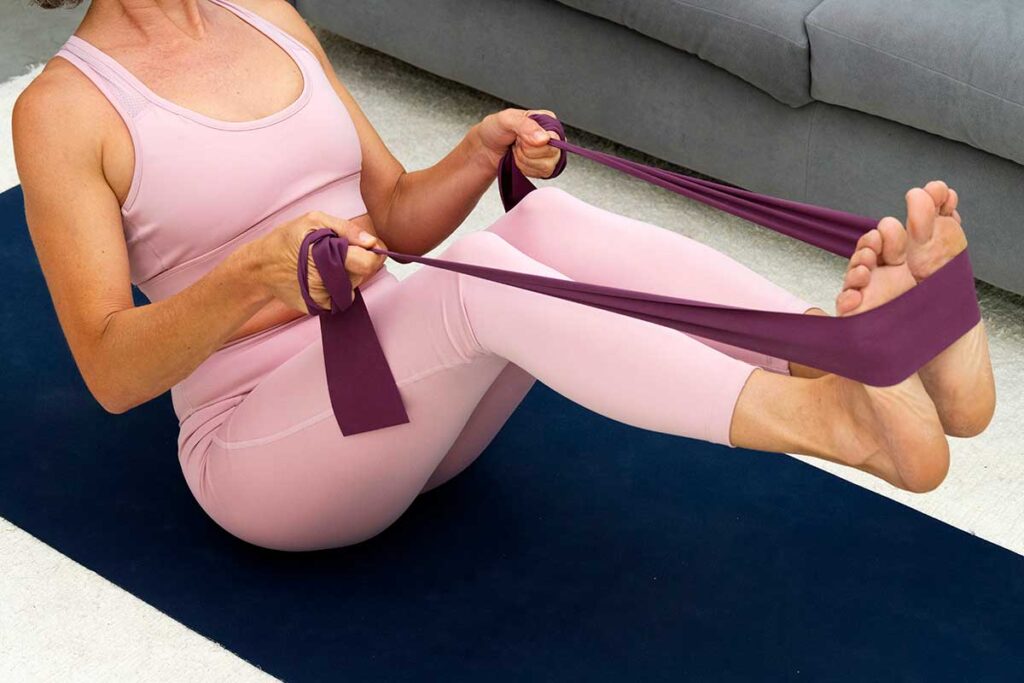
Exercise and MS can feel like a weird combo, right? Your body’s tired, stiff, and not always cooperating. The idea of moving more might sound like the last thing you want to do. But, gentle, regular exercise is extremely important. It’s not about pounding the pavement or hitting the gym hard. Simple movements keep you mobile and ease your stress.
Think of yoga, for example. It’s not just for the super flexible. With the right moves, yoga can help you stretch, balance, and breathe a little easier. Even on days when your body feels like it’s made of concrete, those gentle stretches can help loosen things up. Look for exercise classes designed for people with MS.
Water relieves joint pressure, letting you move freely. It’s a whole-body workout that’s soft on the muscles but tough on the stiffness. Therapy pools are helpful since they’re often warmer and more relaxing. – If you have bladder issues plan on shorter sessions.
Walking is another great option. Some days, you may stumble more than a stroll. Even a short walk boosts your mood and gets the blood flowing. It’s not about distance or speed. It’s about keeping your legs moving, reminding your body that it can still work with you, even if it’s at its own pace.
Check out these MS Society seated exercises:
Focusing on fitness can give you more energy and help you manage MS better. Be careful not to overdo it. The key here is gentle. No pushing, no over-the-top workouts. Just small, steady steps that help your body feel a little stronger and your mind a little calmer. You’ll be amazed at how much these simple exercises can lighten both the physical and mental load.
How I Exercise
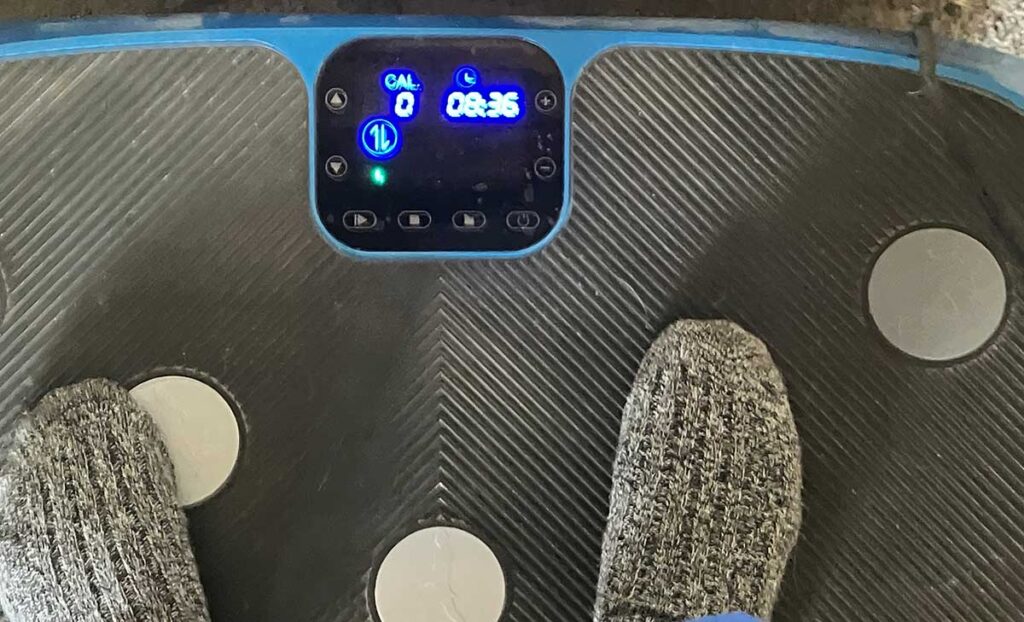
My vibration plate. The picture is a little blurry because my body was shaking.
I use an online gym called OptimalBody Personal Fitness, created by David Lyons, who also has MS. He knows exactly what works for people like us. The program uses resistance bands to build strength. It also improves mobility, even in a wheelchair. David’s story is inspiring. He used these exercises to overcome his MS symptoms, showing they’re well-designed.
I also use a vibration plate with resistance bands. It’s a great tool for balance, strength, and getting your blood flowing. I bought it mainly to help build bone density, with MS, you’re at a higher risk for osteoporosis. The vibration plate eases joint strain. Resistance bands add extra push without being too intense.
These exercises help me stay strong. If you’re looking for a way to move more but need something MS-friendly, this might be a great option to explore.
For more on MS and exercise read Best Exercise for MS.
How Physical Therapy Can Keep You Moving
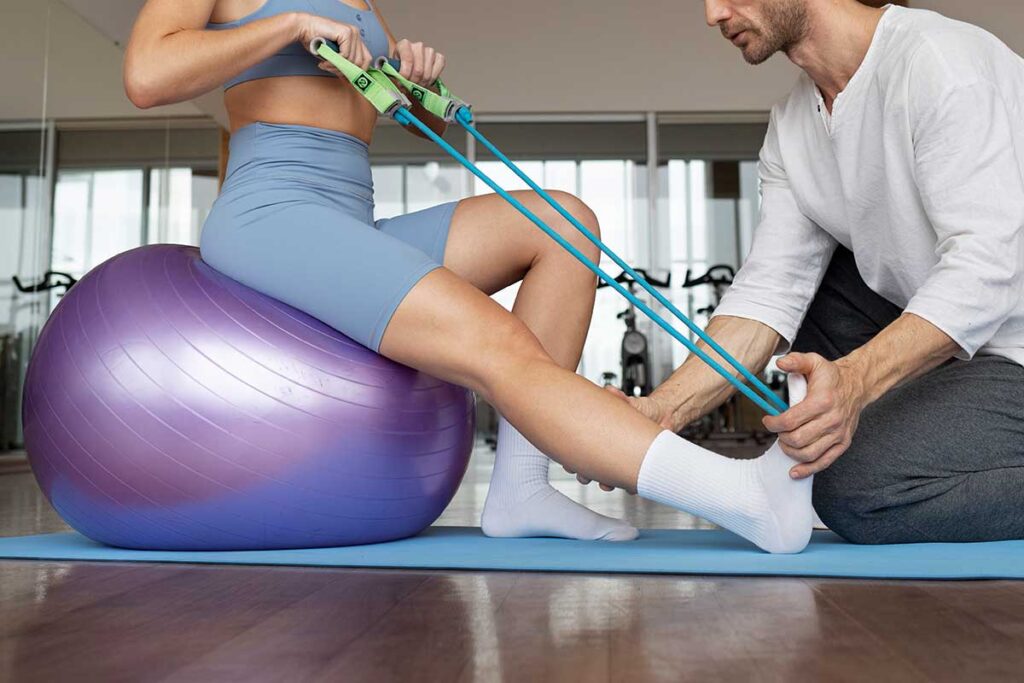
When it feels like your body has a mind of its own, working with a physical therapist can make all the difference. Instead of guessing what exercises will help, a therapist creates a plan that works for you. They understand how MS impacts your mobility, balance, and strength. – They’re there to guide you through exercises that work with your body, not against it.
Think of it like having a personal coach who knows your limits but also sees your potential. And the best part? You’re not doing this alone. Your therapist will adjust the plan as needed, making sure it suits your needs on any given day.
A physical therapist can break it down into manageable steps. You don’t have to figure it all out on your own. With their help, you’ll find ways to stay active and keep moving, even on the tough days.
Talk to your doctor about physical therapy, your insurance may pay 100% of the cost.
Easy Exercises for Wheelchair Users and Those with Mobility Issues
If you have MS and face mobility issues or use a wheelchair, there are still plenty of ways to stay active. Try seated exercises like arm circles or chair yoga. You can also use resistance bands to strengthen muscles. Seated dancing or gentle stretching can boost your mood and flexibility. Water aerobics in a warm pool is another option if you have access. Even loop bands, light hand weights, or therapy balls can make a difference. The key is to find activities that fit your abilities and make you feel good. Keep moving in ways that work for you!
Embrace Movement With Small Steps, Big Impact

Image by senivpetro on Freepik
Staying active with MS can feel challenging, but every little step counts. Whether it’s gentle exercises, physical therapy, or getting enough sleep. Trying different fitness options can show you what helps your MS and supports your health. Each part plays a role in making you feel better.
You don’t have to do it all at once. Small changes can lead to big improvements. Find what works for you. The goal is to keep moving in a way that feels right for your body and helps manage stress. Regular fitness activities can boost your mood and help with MS symptoms, making things easier.
You’ve got the tools and the options—now it’s time to take those steps. Start with what feels manageable and build from there. Fitness exercises can make a big difference in how you handle MS, helping you feel better overall. Remember, you won’t see progress if you don’t get up and move.
Keep moving! 🧡
Reclaim your life and discover the secrets to Managing MS Naturally!
To learn more click here: Managing MS Naturally.
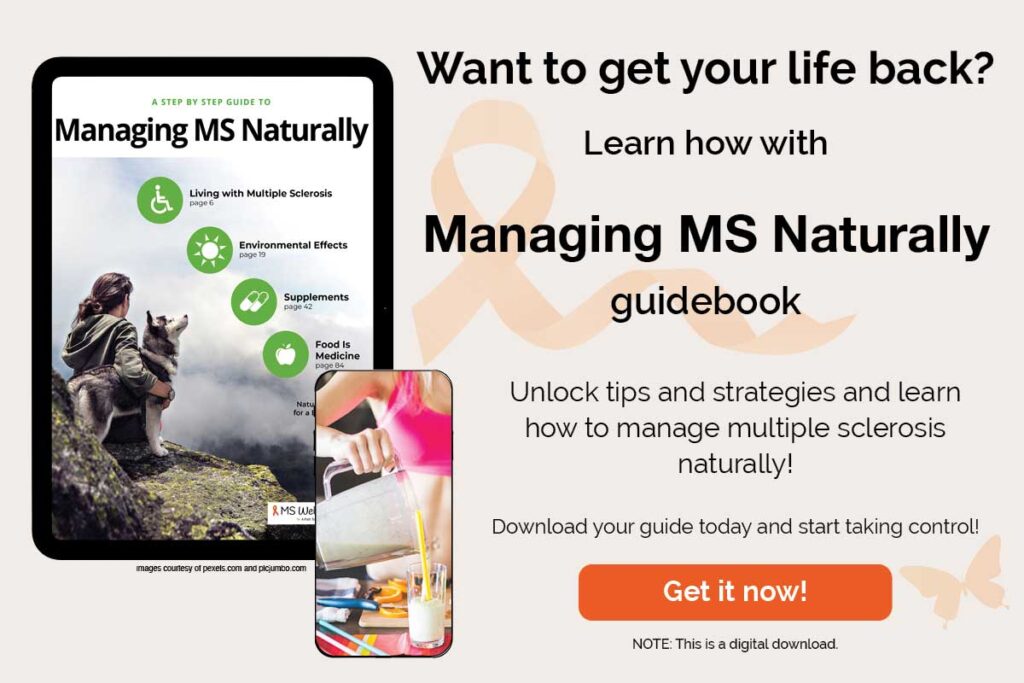
Want to remember this health tip? Pin it to your Pinterest board!
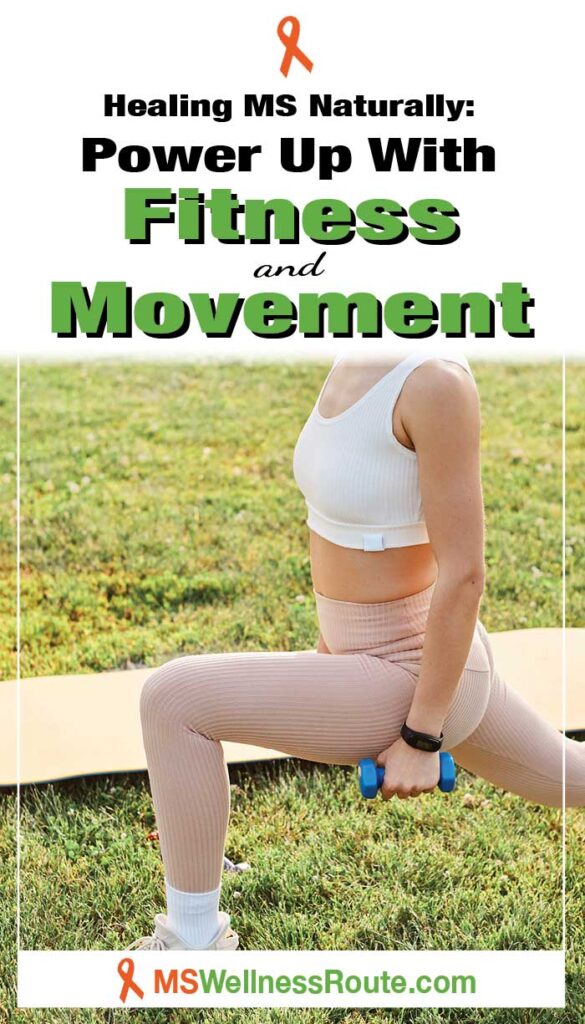
Image by user18526052 on Freepik
Healing MS Naturally: Power Up with Fitness and Movement





